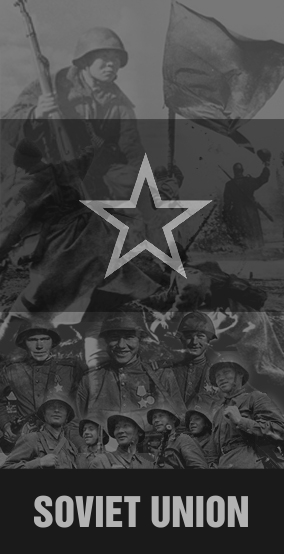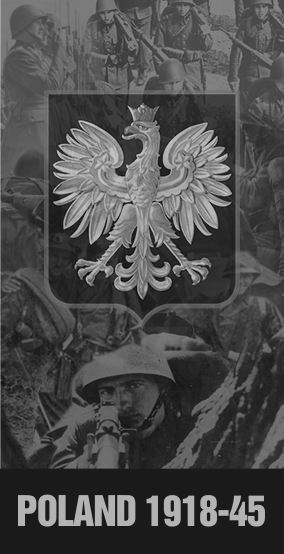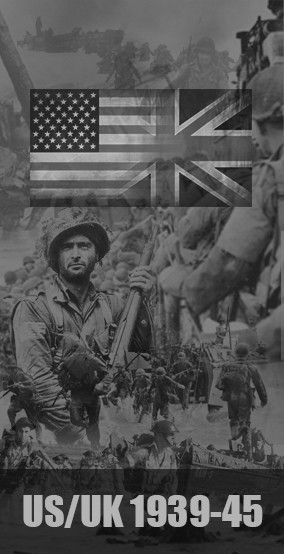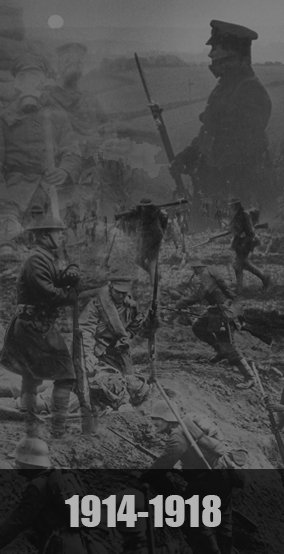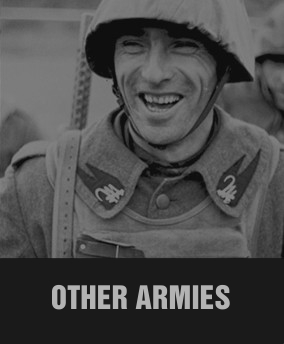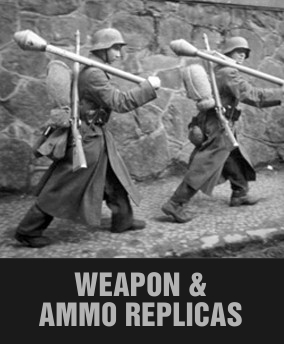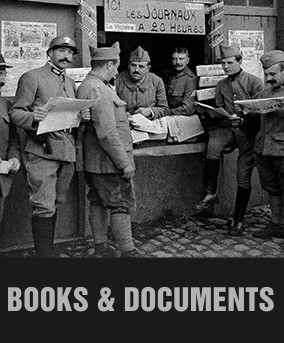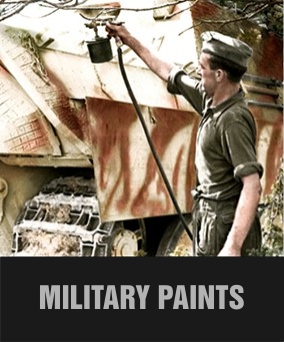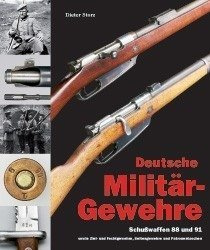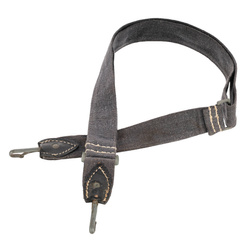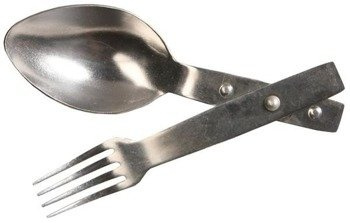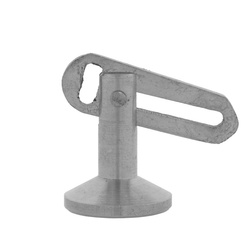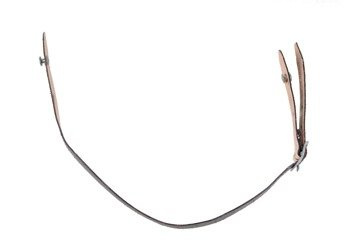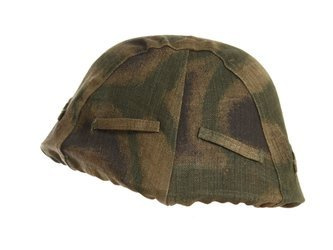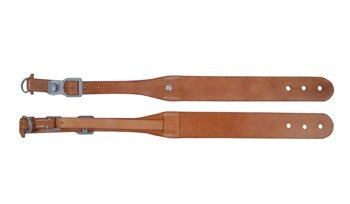A comprehensive work on most know German rifle Mauser 98. The book has 464 pages, illustrated with over 850 photos, drawings and schemes. Bound in linen, with a protective cover. Gallery below shows example pages.
Written by: Dr. Dieter Storz
ISBN: 978-3-902526-04-5 (German) or 978-3-902526-05-2 (English)
Weight: 2,86 kg
Issue info: 464 pages, over 850 colour photos, including present-day photos and illustrations, bound in linen. Size: 29.5 x 26.0 cm.
- Book is published by Verlag Militaria, highly appreciated military history publishing house.
- We send the book in 14 days after receiving the payment.
ITEM DESCRIPTION IN ENGLISH
In 1898 the German army introduced a new rifle that was to influence not only the armament of the German armed forces until the mid 20th century, but also that of many other countries. This book deals in detail with the history of M 98 rifles and carbines in Germany between 1898 and 1918. The book relies above all on the collections of the major military historical museums in Germany such as the Bayerisches Armeemuseum in Ingolstadt, the Wehrtechnische Studiensammlung in Koblenz and the Militärhistorisches Museum der Bundeswehr in Dresden. The Deutsches Historisches Museum in Berlin and the Royal Army Museum in Brussels also made their stocks available for this book. After years of research work in the archives in Munich, Dresden, Stuttgart and Suhl, new data, facts and contexts can now be presented to the public. Hitherto unknown experimental rifles originating from the Prussian Rifle Inspection Commission allow the path to be reconstructed leading to the new weapon. Exotic models and special patterns such as rifles with telescopic sights, accessories, ammunition, bayonets and many other things belonging to the rifle are presented in detail in the illustrations and text. But the book is not confined to describing the artifacts, it also illuminates the historical, military and technological background. The reader learns how troops handled weapons, how rifles and carbines were maintained at the time, how and according to which principles rifle training was carried out in peacetime and during the war and what role the rifle played in combat. The book also treats in detail technical modifications, manufacturing methods, the organization of mass production, state-run and private arms industry, production figures and the problems of arms supply during the First World War.
ITEM DESCRIPTION IN GERMAN
Im Jahre 1898 führte die deutsche Armee ein neues Gewehr ein, das bis zur Mitte des 20. Jahrhunderts nicht nur die Bewaffnung deutscher Streitkräfte, sondern auch die vieler anderer Länder bestimmen sollte. In diesem Buch wird die Geschichte der Gewehre und Karabiner 98 in ihrem Ursprungsland zwischen 1898 und 1918 umfassend behandelt. Der Band stützt sich vor allem auf die Sammlungen der großen militärgeschichtlichen Museen Deutschlands wie des Bayerischen Armeemuseums Ingolstadt, der Wehrtechnischen Studiensammlung in Koblenz und des Militärhistorischen Museums der Bundeswehr in Dresden. Auch das Deutsche Historische Museum in Berlin und das Königliche Armeemuseum in Brüssel stellten ihre Bestände für dieses Buch zur Verfügung. Nach jahrelanger Forschungsarbeit in den Archiven in München, Dresden, Stuttgart und Suhl können nun neue Daten, Fakten und Zusammenhänge der Öffentlichkeit vorgestellt werden. Bisher unbekannte Erprobungsgewehre, die auf die preußische Gewehrprüfungskommission zurückgehen, erlauben erstmals, den Weg zu rekonstruieren, der zu der neuen Waffe führte. Auch ausgefallene Modellvarianten und Sondermuster wie Zielfernrohrgewehre, das Zubehör, die Munition, Seitengewehre und vieles andere, was zum Gewehr gehört, werden in Bild und Text im Detail vorgestellt. Das Buch beschränkt sich nicht auf die Beschreibung der Objekte, sondern leuchtet auch die geschichtlichen, militärischen und technischen Hintergründe aus. Der Leser erfährt, wie der Waffengebrauch in den Händen der Truppe aussah, wie Gewehre und Karabiner damals gepflegt wurden, wie und nach welchen Grundsätzen die Schießausbildung in Frieden und Krieg betrieben wurde und welche Rolle das Gewehr im Gefecht spielte. Das Buch behandelt auch ausführlich technische Veränderungen, Herstellungsverfahren, die Organisation der Massenfertigung, die staatliche und private Waffenindustrie, Produktionszahlen und Probleme der Waffenversorgung im Ersten Weltkrieg.



